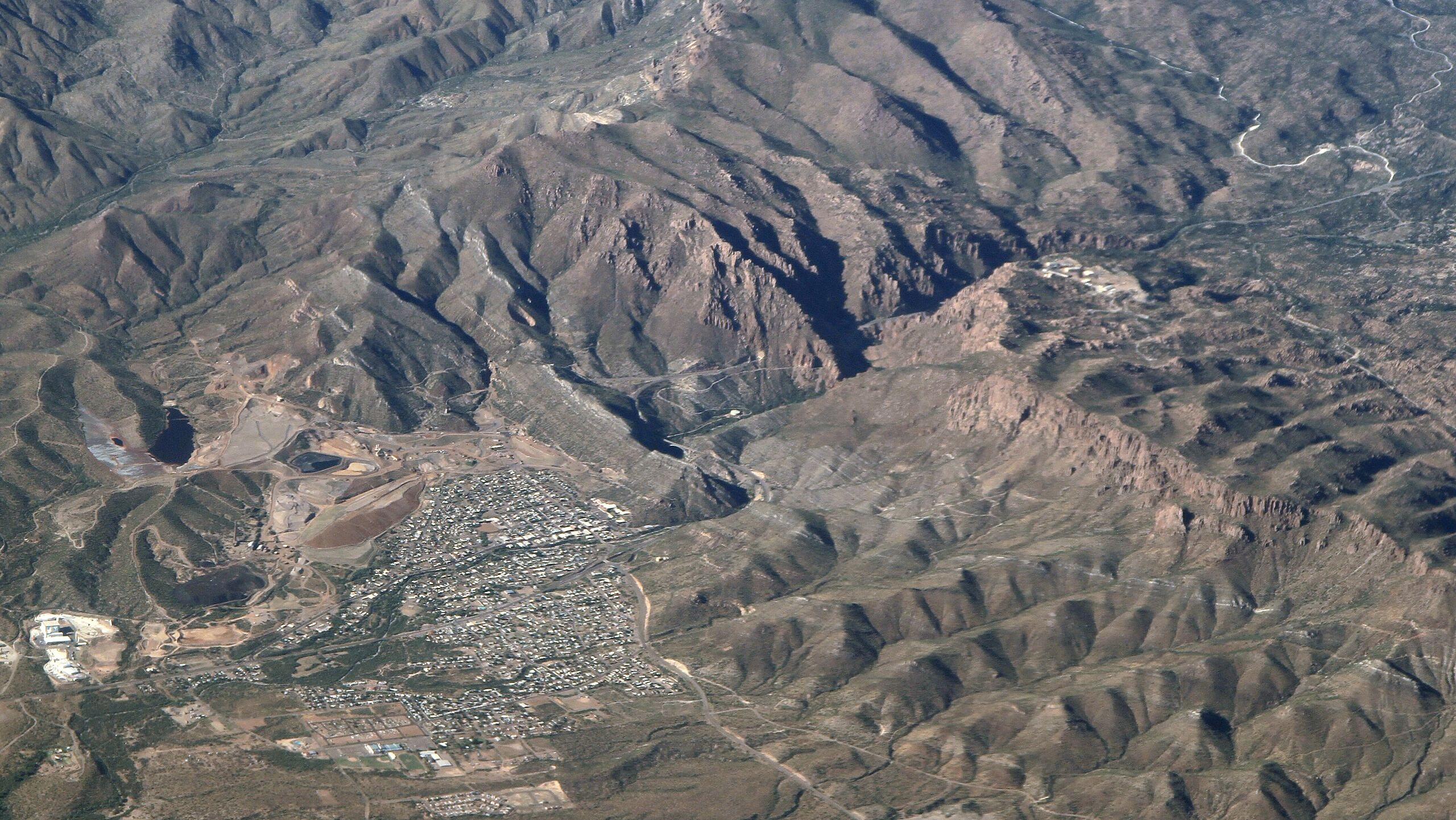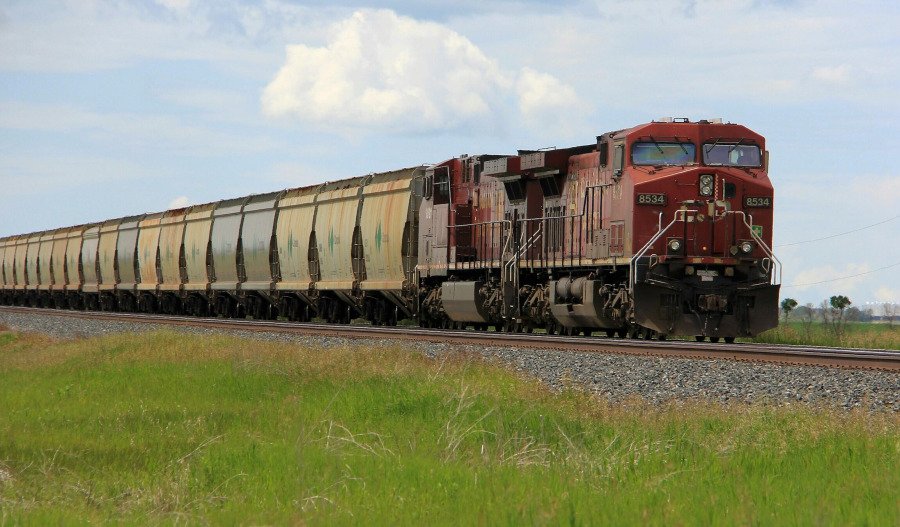Rio Tinto (ASX: RIO) and BHP (ASX: BHP) have found themselves in the crosshairs of the U.S. trade war with China after President Donald Trump decided to fast-track approvals for the long-delayed Resolution Copper mining project in Arizona, which both miners jointly own.
Resolution Copper - in which Rio Tinto holds a controlling 55% interest and BHP the remainder - is one of a handful of projects granted Fast-41 status by the White House over the Easter weekend.
It’s understood that Fast-41 attempts to streamline the approvals for critical minerals production to reduce the U.S.’s reliance on foreign powers.
Sitting on U.S. land sacred to the Apache Nations, the controversial Resolution copper underground mine - which has been tied up in environmental red tape for over a decade - is expected to supply around 25% of America’s annual copper needs.
Energy security
Resolution Copper’s general manager Vicky Peacey described the project as vital to securing the energy future of the U.S. and reducing the reliance on China.
In response to Trump’s tariffs, China recently cracked down on the export of a wide range of critical minerals vital to defence weapons and the green economy’s batteries and wind turbines.
“We are encouraged by the strong community and regional support for the project, which has the potential to be one of America’s biggest copper mines, adding US$1 billion a year to Arizona’s economy,” she said.
Situated around 100km east of Phoenix, Arizona, the proposed mine at Resolution Copper is understood to have average grade deposits estimated at 1.5% copper.
The joint owners expect the mine to produce around 40 billion pounds of copper over 40 years.
According to the joint venture’s website, full-scale development of Resolution Copper will take a decade.
Court action
While U.S. Agricultural Secretary Brooke L Rollins believes the Resolution mine is a significant step towards unleashing American energy and mineral production, it still faces major opposition.
Last week, a group led by the San Carlos Apache Tribe filed a petition at the U.S. Court of Appeals challenging a ruling that could allow the mine’s development.
The coalition, Apache Stronghold, claims the parcel of federally owned land, known as Oak Flat, under which the copper deposits lie, is home to their deities, celebrated by generations.
“The feds are barrelling ahead to give Oak Flat to Resolution Copper, even as the Supreme Court considers whether to hear the case,” said Luke Goodrich from law firm Becket, representing the Apache group.
“This makes the stakes crystal clear: if the court doesn’t act now, Oak Flat could be transferred and destroyed before justice can be served.”
Copper assets define Rio and BHP
Given its importance to renewable energy and batteries, plus its use in aircraft, naval vessels, wiring guidance and ammunition, both Rio Tinto and BHP have been pursuing growth strategies centred around their growing copper asset reserves.
Included within copper assets owned or partly owned by Rio is Oyu Tolgoi in the South Gobi region of Mongolia, which is expected to be the world’s fourth-largest copper mine.
Last year, BHP also made a failed US$49 billion bid to acquire Anglo American, which has a major portfolio of copper mines.
Meanwhile, the big miner is investing as much as US$13 billion just to maintain and boost current copper output from its existing assets in Chile and is seeking to expand production from Australian copper mines bought through its acquisition of OZ Minerals in 2023.
The company is also looking to develop new sources.



